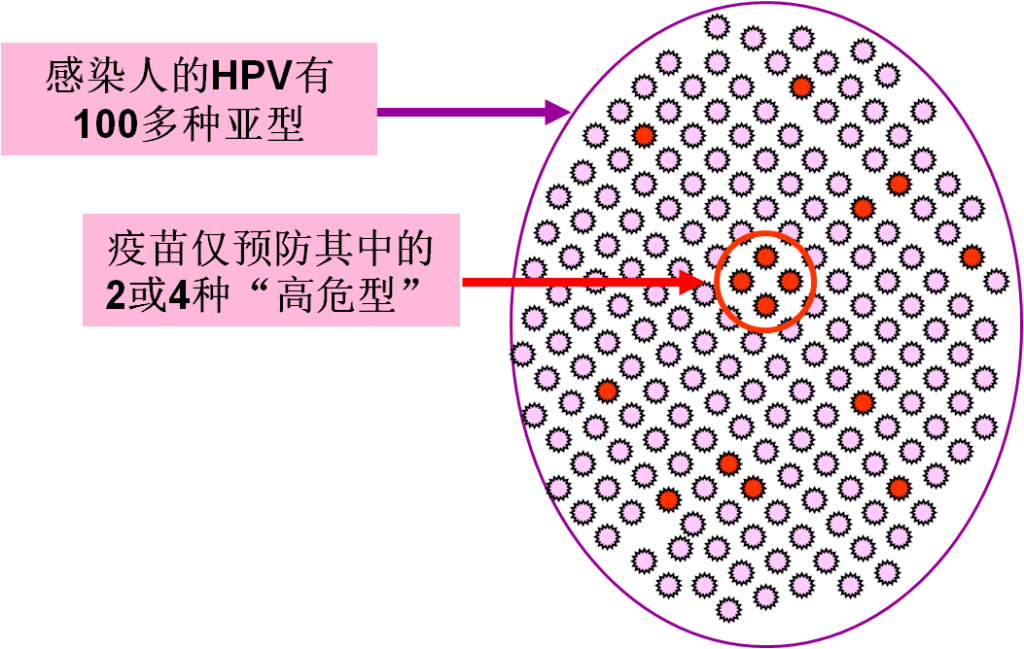Lancet:宫颈癌筛查又有新途径
| 导读 |
宫颈癌是最常见的女性恶性肿瘤之一,宫颈涂片筛查是目前最常用的宫颈癌筛查方法。而欧洲一项最新研究发现,进行针对人乳头瘤病毒( HPV )的早期筛查可以更加高效地帮助筛查宫颈癌。
... |

宫颈癌是最常见的女性恶性肿瘤之一,宫颈涂片筛查是目前最常用的宫颈癌筛查方法。而欧洲一项最新研究发现,进行针对人乳头瘤病毒( HPV )的早期筛查可以更加高效地帮助筛查宫颈癌。
据英国国家医疗服务系统癌症筛查项目主管朱丽叶塔·帕特尼克介绍,英国已经有部分地区开始推行针对 HPV 的宫颈癌早期筛查,检测出 HPV 的女性再接受阴道镜等进一步检查,这一手段取得了良好效果。
来自意大利等国的研究人员在新一期英国《柳叶刀》(The Lancet)杂志上撰文介绍说,近年来关于 HPV 病毒与宫颈癌关系的研究越来越多,不过,基于这种病毒的筛查效率尚不清楚。他们最新的研究表明,从 HPV 病毒入手帮助筛查宫颈癌效率更高且持续性更好。
他们对英国、意大利、荷兰和瑞典的 17.5 万名妇女的医疗记录进行了长达 6 年半的跟踪研究,重点对比了采用这两种筛查方法的女性罹患宫颈癌的比例。结果发现,HPV 筛查效率更高,尤其是对于浸润性宫颈癌来说,与宫颈涂片筛查相比,HPV 筛查效率可提高 60% 至 70%。此外,研究人员认为,就筛查周期而言,传统筛查3年一查,而 HPV 筛查可延长至5年以上。(转化医学网360zhyx.com)
原文链接:
Efficacy of HPV-based screening for prevention of invasive cervical cancer: follow-up of four European randomised controlled trials
BackgroundIn four randomised trials, human papillomavirus (HPV)-based screening for cervical cancer was compared with cytology-based cervical screening, and precursors of cancer were the endpoint in every trial. However, direct estimates are missing of the relative efficacy of HPV-based versus cytology-based screening for prevention of invasive cancer in women who undergo regular screening, of modifiers (eg, age) of this relative efficacy, and of the duration of protection. We did a follow-up study of the four randomised trials to investigate these outcomes.
Methods176 464 women aged 20—64 years were randomly assigned to HPV-based (experimental arm) or cytology-based (control arm) screening in Sweden (Swedescreen), the Netherlands (POBASCAM), England (ARTISTIC), and Italy (NTCC). We followed up these women for a median of 6·5 years (1 214 415 person-years) and identified 107 invasive cervical carcinomas by linkage with screening, pathology, and cancer registries, by masked review of histological specimens, or from reports. Cumulative and study-adjusted rate ratios (experimental vs control) were calculated for incidence of invasive cervical carcinoma.
FindingsThe rate ratio for invasive cervical carcinoma among all women from recruitment to end of follow-up was 0·60 (95% CI 0·40—0·89), with no heterogeneity between studies (p=0·52). Detection of invasive cervical carcinoma was similar between screening methods during the first 2·5 years of follow-up (0·79, 0·46—1·36) but was significantly lower in the experimental arm thereafter (0·45, 0·25—0·81). In women with a negative screening test at entry, the rate ratio was 0·30 (0·15—0·60). The cumulative incidence of invasive cervical carcinoma in women with negative entry tests was 4·6 per 105 (1·1—12·1) and 8·7 per 105 (3·3—18·6) at 3·5 and 5·5 years, respectively, in the experimental arm, and 15·4 per 105 (7·9—27·0) and 36·0 per 105 (23·2—53·5), respectively, in the control arm. Rate ratios did not differ by cancer stage, but were lower for adenocarcinoma (0·31, 0·14—0·69) than for squamous-cell carcinoma (0·78, 0·49—1·25). The rate ratio was lowest in women aged 30—34 years (0·36, 0·14—0·94).
InterpretationHPV-based screening provides 60—70% greater protection against invasive cervical carcinomas compared with cytology. Data of large-scale randomised trials support initiation of HPV-based screening from age 30 years and extension of screening intervals to at least 5 years.
FundingEuropean Union, Belgian Foundation Against Cancer, KCE-Centre d'Expertise, IARC, The Netherlands Organisation for Health Research and Development, the Italian Ministry of Health.

来源:bio360
 腾讯登录
腾讯登录
还没有人评论,赶快抢个沙发